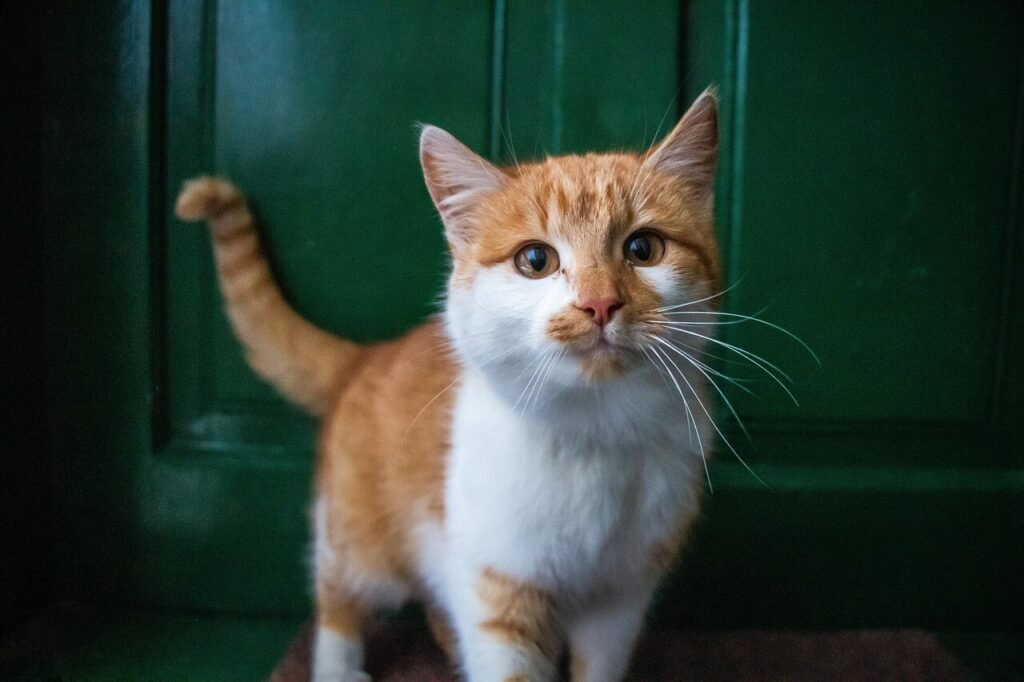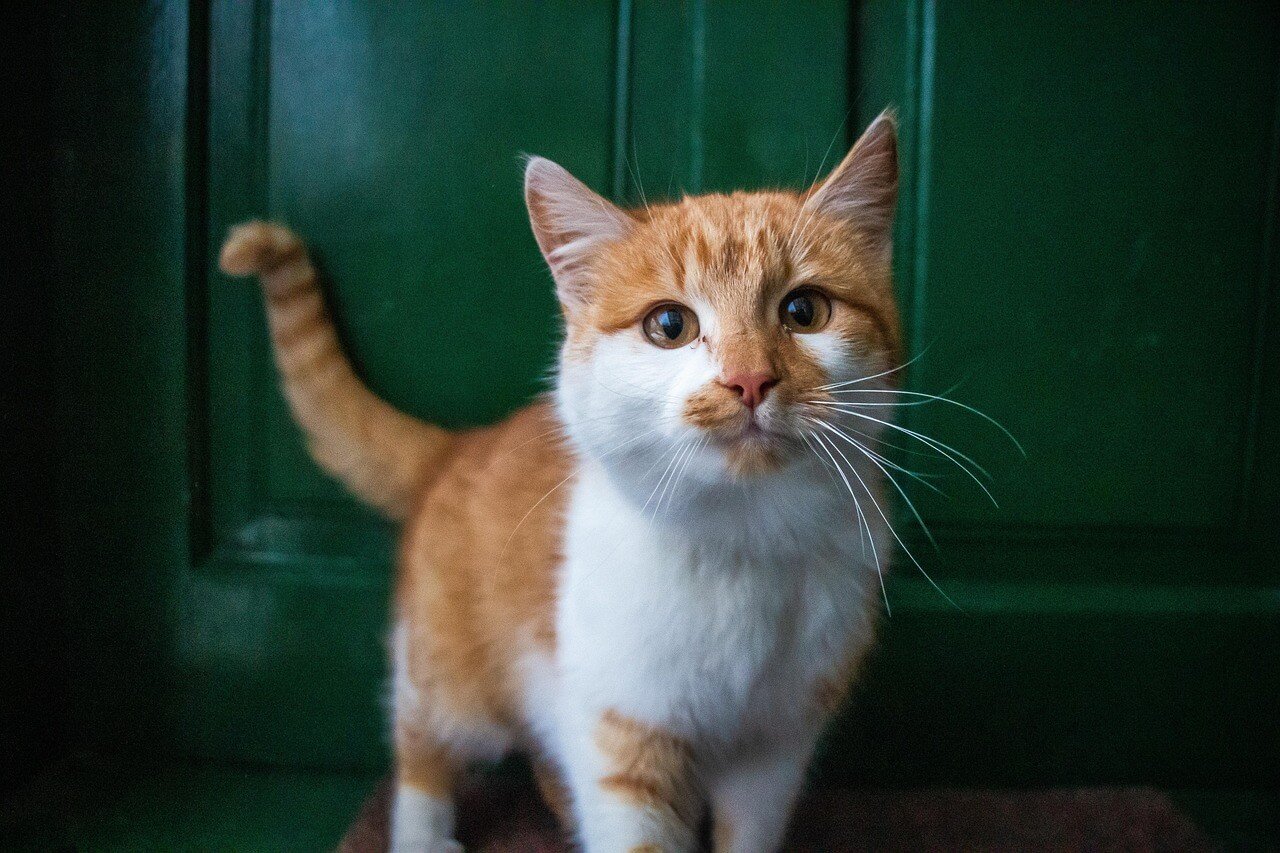Can Cats Drink Lactose-Free Milk? A Guide for Responsible Pet Owners
Many cat owners wonder if their feline friends can enjoy a saucer of milk as a special treat. While the image of a cat lapping up milk is iconic, most adult cats are lactose intolerant and cannot digest regular cow’s milk without experiencing digestive upset. However, lactose-free milk has become a popular alternative for pet owners looking to offer their cats a creamy indulgence. But is lactose-free milk truly safe for cats? In this guide, we’ll explore the benefits, risks, and best practices for offering lactose-free milk to your cat, ensuring you make informed decisions about their diet.
Why Regular Milk Can Be Harmful to Cats
Before diving into lactose-free milk, it’s important to understand why regular milk can be problematic for cats. Most adult cats lack sufficient levels of lactase, the enzyme needed to break down lactose in milk. Here are some reasons why regular milk can cause issues:
Lactose Intolerance : Many cats experience bloating, gas, or diarrhea after consuming lactose-containing dairy products.
Digestive Upset : The inability to digest lactose can lead to stomach discomfort and loose stools.
High Calorie Content : Regular milk is calorie-dense and can contribute to weight gain if given frequently.
Nutritional Imbalance : Milk lacks essential nutrients that cats need, such as taurine, which is critical for their health.
Potential Allergies : Some cats may have sensitivities or allergies to dairy proteins, even if lactose isn’t an issue.
Understanding these risks highlights the importance of choosing safer alternatives like lactose-free milk if you want to treat your cat.
Benefits of Lactose-Free Milk for Cats
Lactose-free milk is specially formulated to remove lactose while retaining the creamy taste cats love. When offered in moderation, it can be a safer option than regular milk. Here are some potential benefits:
Easier Digestion : Without lactose, this milk is less likely to cause gastrointestinal upset in lactose-intolerant cats.
Hydration Boost : Cats often struggle to drink enough water, and lactose-free milk can encourage them to stay hydrated.
Low Risk of Allergies : The removal of lactose reduces the likelihood of adverse reactions compared to regular milk.
Tasty Treat : Many cats enjoy the flavor of lactose-free milk, making it a fun and rewarding occasional snack.
Fortified Options : Some lactose-free milks are enriched with vitamins and minerals, providing additional nutritional value.
While lactose-free milk isn’t a necessity, it can be a safe and enjoyable treat when given responsibly.
Check this guide 👉Why Does My Cat Drink Out of the Toilet? Best 7 Tips!
Check this guide 👉How to Get Your Cat to Drink More Water: Best 7 Tips!
Check this guide 👉How Long Can a Cat Go Without Food and Water? Best 7 Tips!

Regular Milk Risks for Cats | Lactose-Free Milk Benefits for Cats |
|---|---|
Causes digestive upset | Easier to digest |
High in calories | Encourages hydration |
Lacks essential nutrients | Enriched options available |
Can lead to weight gain | Low risk of allergic reactions |
Often triggers lactose intolerance | Cats enjoy the taste |
How to Safely Offer Lactose-Free Milk to Your Cat
If you decide to give your cat lactose-free milk, it’s important to do so safely and in moderation. Follow these guidelines to ensure your cat enjoys this treat without any negative effects:
Start with Small Amounts : Begin with a teaspoon or two to see how your cat reacts before offering more.
Monitor for Reactions : Watch for signs of digestive upset, such as vomiting or diarrhea, after introducing lactose-free milk.
Choose Plain Varieties : Avoid flavored or sweetened lactose-free milk, as added sugars can harm your cat’s health.
Limit Frequency : Offer lactose-free milk no more than once or twice a week to prevent overconsumption.
Supplement, Not Replace : Never use lactose-free milk as a substitute for fresh water or balanced cat food.
By following these tips, you can ensure that lactose-free milk remains a safe and enjoyable treat for your cat.
Healthier Alternatives to Lactose-Free Milk for Cats
While lactose-free milk can be a safe occasional treat, there are healthier alternatives that provide better nutritional value for your cat. Here are some options to consider:
Fresh Water : Always prioritize clean, fresh water as the best way to keep your cat hydrated.
Cat-Specific Milk Products : Some brands offer milk specifically formulated for cats, free of lactose and enriched with essential nutrients.
Wet Cat Food : High-moisture wet food helps with hydration and provides complete nutrition tailored to your cat’s needs.
Broth or Bone Broth : Low-sodium, unseasoned broth can be a hydrating and tasty treat for cats.
Homemade Treats : Simple treats like cooked chicken or pumpkin puree offer both flavor and nutritional benefits.
These alternatives ensure your cat receives the nutrients they need while still enjoying delicious snacks.
Debunking Myths to Better Understand Your Cat’s Diet
There are many misconceptions about cats and milk, often fueled by popular culture or outdated beliefs. By addressing these myths, you can make more informed decisions about your cat’s diet. Here are some common misunderstandings:
Myth: All Cats Love Milk : While many cats enjoy the taste of milk, it doesn’t mean it’s good for them or that all cats will tolerate it.
Myth: Lactose-Free Milk Is a Nutritional Staple : Lactose-free milk is not a substitute for balanced cat food and lacks essential nutrients like taurine.
Myth: Cats Need Milk for Calcium : Cats can get all the calcium they need from a proper diet formulated for their species.
Myth: A Little Regular Milk Won’t Hurt : Even small amounts of regular milk can upset a lactose-intolerant cat’s stomach.
Myth: Kittens Can Drink Cow’s Milk : Kittens should only consume their mother’s milk or specially designed kitten formula, as cow’s milk can cause digestive issues.
By clearing up these misconceptions, you can focus on providing your cat with safe and appropriate nutrition.
Recognizing Digestive Issues After Consuming Dairy
If you’re unsure whether your cat is lactose intolerant, observing their reaction to dairy products can provide clarity. Here are some signs that your cat may be sensitive to lactose:
Diarrhea : Loose stools are a common symptom of lactose intolerance after consuming dairy.
Vomiting : Some cats may vomit shortly after drinking milk or eating dairy-based treats.
Bloating or Gas : Excessive gas or a swollen abdomen can indicate difficulty digesting lactose.
Lethargy : Discomfort from digestive upset may cause your cat to appear tired or uninterested in activities.
Loss of Appetite : If your cat feels unwell after consuming dairy, they may refuse to eat their regular food.
If you notice these symptoms, it’s best to avoid giving your cat any form of milk and consult your veterinarian for further guidance.
Replacing Lactose-Free Milk with Nutritious Alternatives
If you’ve been offering lactose-free milk as a treat, transitioning to healthier options can benefit your cat’s overall health. Here are some steps to help you make the switch:
Introduce Gradually : Slowly replace lactose-free milk with alternatives like broth or wet food to avoid sudden dietary changes.
Offer Small Portions : Start with tiny amounts of the new treat to see how your cat reacts before increasing the serving size.
Experiment with Flavors : Try different flavors of cat-safe broths or homemade treats to find what your cat enjoys most.
Monitor Preferences : Pay attention to which alternatives your cat prefers and adjust accordingly.
Reward Positive Behavior : Use healthy treats as rewards during training sessions to reinforce good habits.
By transitioning to nutritious alternatives, you can ensure your cat receives the best possible care while still enjoying tasty snacks.
Frequently Asked Questions About Cats and Lactose-Free Milk
Is lactose-free milk completely safe for cats?
Yes, in moderation, lactose-free milk is generally safe for most cats, but always monitor for individual reactions.
How much lactose-free milk can I give my cat?
Limit servings to a few teaspoons or tablespoons per week, depending on your cat’s size and dietary needs.
Can kittens drink lactose-free milk?
Kittens should only consume their mother’s milk or specially formulated kitten formula, not lactose-free cow’s milk.
Are there any risks to giving my cat lactose-free milk?
While rare, some cats may still experience digestive issues or allergies due to other components in the milk.
What should I do if my cat has diarrhea after drinking lactose-free milk?
Discontinue offering it and consult your veterinarian to rule out underlying issues or sensitivities.
Treat Your Cat Responsibly with Lactose-Free Milk
While lactose-free milk can be a safe and enjoyable treat for many cats, it’s essential to remember that it should never replace a balanced diet or fresh water. By offering it in moderation and monitoring your cat’s reaction, you can provide a fun and hydrating snack without compromising their health. Always prioritize high-quality cat food and consult your veterinarian if you’re unsure about introducing new foods or treats. With thoughtful care and attention, you can ensure your feline friend stays happy, healthy, and well-nourished.
Can a Cat Die from a Cold? Best 7 Expert Tips! Learn how to identify, treat, and prevent feline colds while understanding when to seek veterinary care for your cat’s health.
Cat Screaming for Food: Best 7 Expert Tips! Discover effective strategies to manage your cat's food-related vocalizations and create a peaceful feeding routine.
Aspiration Pneumonia in Cats: Best 7 Expert Tips! Discover causes, symptoms, and treatment advice to protect your cat’s respiratory health and ensure a speedy recovery.
Hip Dysplasia in Cats: Best 7 Expert Tips! Discover expert advice on managing hip dysplasia in cats, from symptoms and prevention to treatment options for a happier, healthier feline life.





